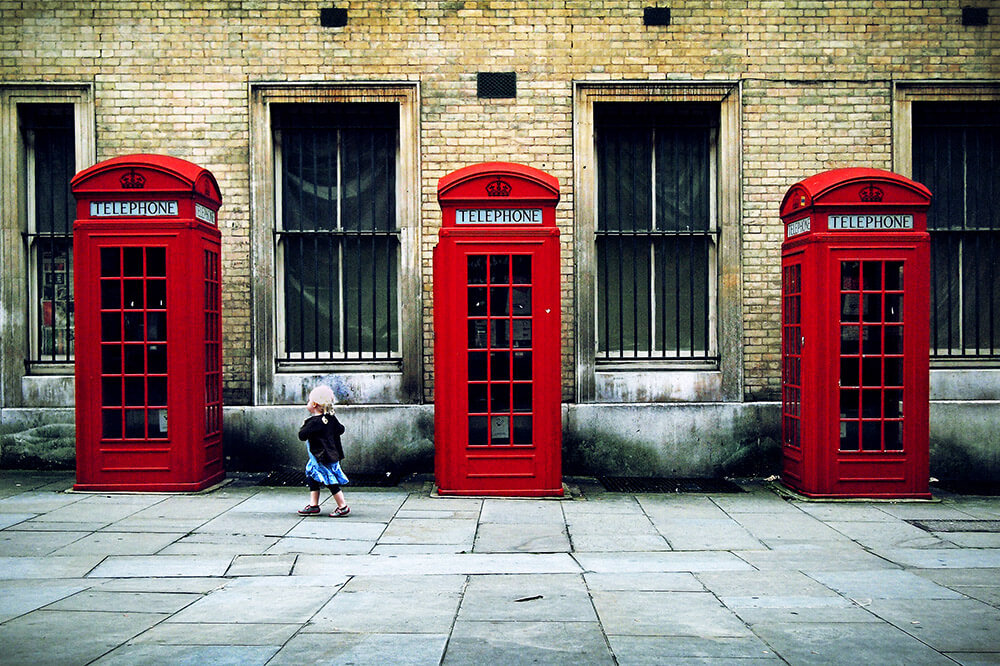3 Simple Techniques For Street Photographers
3 Simple Techniques For Street Photographers
Blog Article
Fascination About Street Photographers
Table of ContentsStreet Photographers Fundamentals ExplainedSee This Report about Street PhotographersWhat Does Street Photographers Do?The Street Photographers PDFsGetting My Street Photographers To Work
Road digital photographers do not necessarily have a social objective in mind, but they choose to isolate and record minutes which might or else go unnoticed.He was influenced by several of those who influenced the road photographers of the 1950s and '60s, he was not mainly interested in capturing the spirit of the road., who functioned side by side with photographers trying to catch the essence of metropolitan life.
As a result of the somewhat primitive technology readily available to him and the long exposure time needed, he had a hard time to record the hustle and bustle of the Paris roads. He tried out with a series of photo methods, attempting to discover one that would certainly allow him to catch activity without a blur, and he discovered some success with the calotype, patented in 1841 by William Henry Fox Talbot. Unlike Atget, photographer Charles Marville was worked with by the city of Paris to develop an encyclopaedic document of Haussmann's metropolitan planning job as it unfolded, therefore old and new Paris. While the digital photographers' subject was basically the same, the results were markedly different, showing the impact of the professional photographer's bent on the personality of the images he produced.
Given the fine quality of his photos and the breadth of material, architects and artists often bought Atget's prints to make use of as referral for their very own job, though commercial rate of interests were hardly his major motivation. Instead, he was driven to photo every last residue of the Paris he liked. The mingled passion and necessity of his mission luster through, leading to photos that narrate his very own experience of the city, qualities that prepared for street digital photography of the 20th century.
An Unbiased View of Street Photographers
They reveal the city through his eyes. His job and essential understanding of photography as an art form acted as ideas to generations of photographers that followed. The future generation of street digital photographers, though they likely did not refer to themselves therefore, was ushered in by the photojournalism of Hungarian-born professional photographer Andr Kertsz.
Unlike his peers, Brassa utilized a larger-format Voigtlnder electronic camera with a longer exposure time, compeling him to be much more calculated and thoughtful in his practice than he might have been if utilizing a Leica.
Cartier-Bresson was a champion of the Leica electronic camera and one of the very first photographers to maximize its abilities. The Leica allowed the photographer to engage with the environments and to capture minutes as they occurred. Its reasonably small size additionally helped the digital photographer discolor into the background, which was Cartier-Bresson's favored strategy.
8 Easy Facts About Street Photographers Explained
It is due to this fundamental understanding of the art of picture taking that he is usually credited with rediscovering the medium all over once again approximately a century considering that its invention. He took photos for greater than a half century and influenced generations of digital photographers to trust their eye and intuition in the minute.
These are the inquiries I will try to answer: And afterwards I'll leave you with my very own interpretation of road digital photography. Yes, we do. Allow's begin with defining what a definition is: According to (Street Photographers) it is: "The act of defining, or of making something certain, distinct, or clear"
No, most definitely not. The term is both restricting and misguiding. important link Seems like a street digital photography need to be photos of a streets ideal?! And all street digital photographers, with the exception of a handful of absolute newbies, will completely appreciate that a street is not the vital element to street photography, and in fact if it's an image of a street with perhaps a few boring people not doing anything of rate of interest, that's not street digital photography that's a snapshot of a road.
Getting The Street Photographers To Work
He makes a valid factor do not you think? While I agree with him I'm not sure "candid public digital photography" will certainly capture on (although I do kind of like the term "honest photography") due to the fact that "street digital photography" has actually been around for a lengthy time, with many masters' names affixed to it, so I think the term is right here to stay (Street Photographers).
Inside?! I hear you shout as you drink your fist to the sky. Why not? You can shoot at More hints the coastline, at a festival, in a street, in a park, in a piazza, in a cafe, at a gallery or art gallery, in a metro terminal, at an occasion, on a bridge, under a bridge ...

Unknown Facts About Street Photographers

Report this page